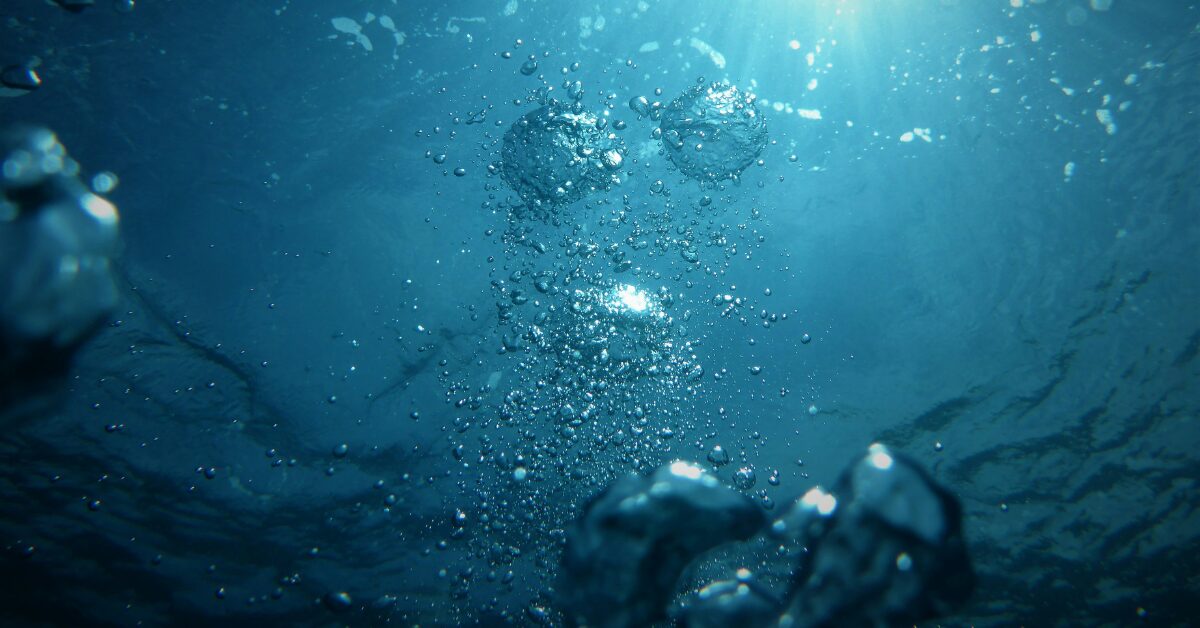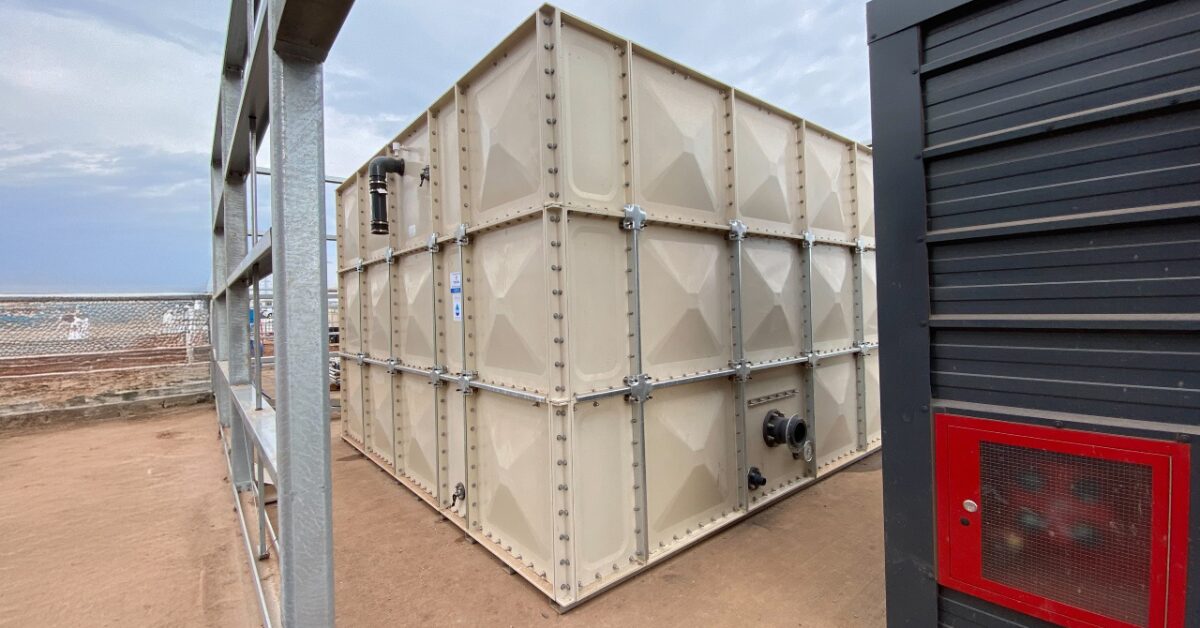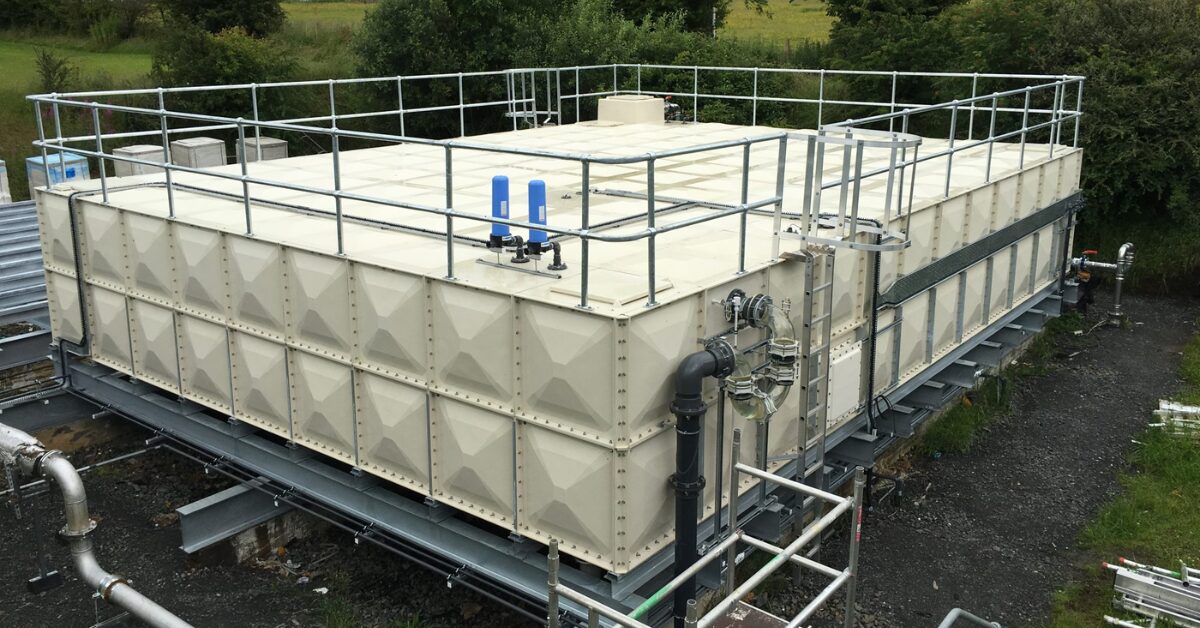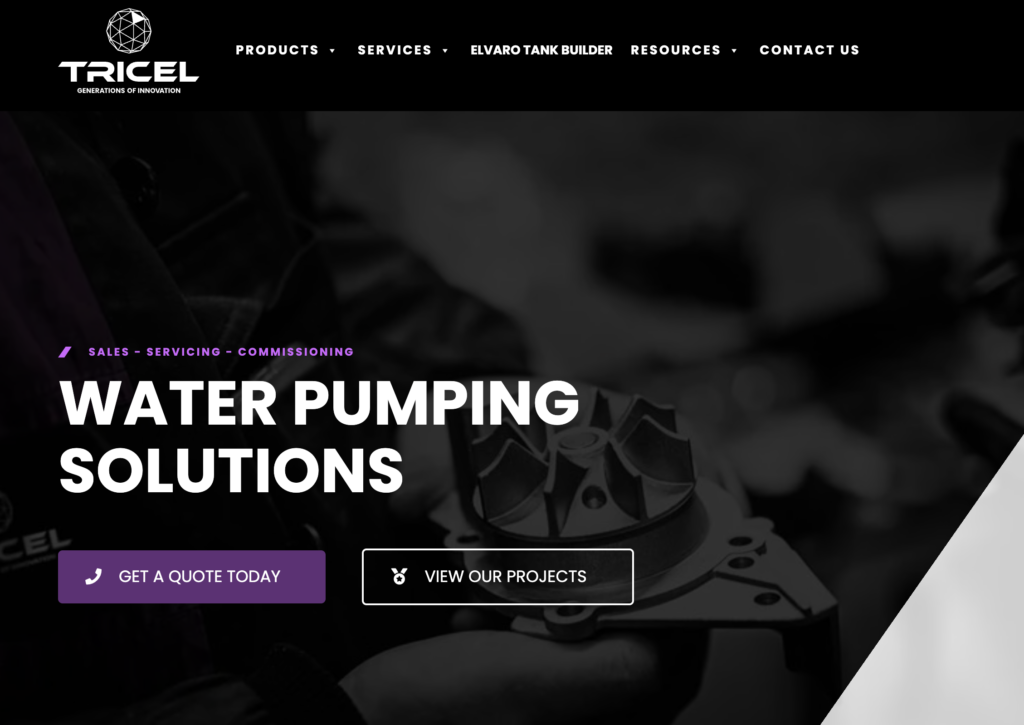
Leak in Water Tank: Common Causes, Prevention & Solutions
Home » Water Tank Installation & Maintenance » Leak in Water Tank: Causes, Prevention, and Solutions

Leak in Water Tank
Water tanks are essential for storing and supplying water in various settings, from residential homes to industrial facilities. However, a leak in a water tank can lead to significant problems, including water wastage, property damage, and increased costs. At Tricel Water, we understand the importance of maintaining water storage systems. In this blog post, we’ll explore the common causes of leaks in water tanks and provide valuable insights on prevention and solutions.

Common Causes of Water Tank Leaks
Corrosion and Rust
Over time, water tanks can develop corrosion and rust, especially in metal tanks. This deterioration weakens the tank material, causing tiny cracks or holes that result in leaks1. Regular inspection and maintenance can help detect early signs of corrosion, preventing leaks and extending the tank’s lifespan.
Loose or Damaged Fittings
Leaks often occur around fittings, valves, or connections due to wear and tear, improper installation, or physical damage1. Loose fittings or damaged seals allow water to escape, leading to leaks. Regular inspections and prompt replacement of damaged parts can prevent potential leaks.
High Water Pressure
Excessive water pressure within the tank can cause strain on its walls, resulting in leaks or ruptures1. Installing a pressure relief valve or regulating the water pressure can alleviate stress on the tank, preventing leaks caused by this added pressure.
Age and Wear
Like any other water system component, tanks have a natural lifespan. Ageing tanks may develop weak structures, leading to leaks over time. Frequent usage, exposure to the elements, and lack of maintenance can contribute to wear and tear.
Preventing Leaks In Water Tanks
Regular Inspection and Maintenance
A consistent inspection routine is crucial for spotting problems before they become expensive leaks. Carefully check your storage tank for corrosion, rust, cracks, or weak spots. Pay close attention to seals, valves, and fittings, as these are often where issues arise.
Proper Installation and Design
Ensuring your water tank’s correct installation and design is crucial for preventing leaks5. Choose a suitable location for your tank, considering soil type, drainage, and proximity to sensitive areas. Building a solid foundation is key to avoiding sinking and other problems that could cause leaks later.
Corrosion Prevention Measures
To extend your tank’s life and avoid leaks, it’s essential to take steps to prevent corrosion5. Consider applying special coatings or linings that resist corrosion on your tank’s inside and outside. For metal tanks, cathodic protection systems can be used to fight corrosion.
Implement Leak Detection Systems
Investing in advanced leak detection systems adds an extra layer of protection, providing early warnings about potential leaks5. These systems can include electronic sensors, acoustic monitoring, and visual inspection methods. Regular testing and calibration of these systems ensure their effectiveness and reliability.
Solutions for Water Tank Leaks
Identifying the Leak
Start by examining the area around your tank. Look for damp spots on the tank surface or a pool of water at the tank base6. Such signs can indicate a leak. Also, observe your water usage pattern; a sudden increase can mean a leak.
Repairing Minor Leaks
For small leaks, sealants or patches available in the market can often be used for repairs6. However, it’s essential to assess the severity of the leak and consult a professional if you’re unsure about the appropriate course of action.
Replacing Faulty Components
If the leak is caused by a faulty valve or fitting, replacing the component can often solve the problem. This may include replacing temperature and pressure relief valves, drain valves, or damaged connections.
Replacing The Tank
Replacing the entire tank may be the best solution to prevent further leaks and water damage in severe corrosion or extensive damage4. At Tricel Water, we offer a range of high-quality one-piece, sectional, and fire sprinkler tanks designed for durability and leak resistance.

Understanding the causes of leaks in water tanks and implementing proper prevention measures can significantly reduce the risk of water wastage and damage to your property. Regular maintenance and prompt attention to any signs of leakage are key to ensuring the longevity and efficiency of your water storage system. For more information on our range of water tanks and expert advice on maintaining water storage solutions, visit our website.
Read More...
- Water Tank Installation & Maintenance
- Cold Water Storage Tanks
- Product Guides & Comparisons

Cold Water Storage Tank Compliance in the UK: Regulations, Standards & Best Practices
Ensuring compliance with cold water storage tank regulations in the UK is essential for safeguarding water quality, maintaining system efficiency, and meeting legal obligations. From WRAS approval and LPCB certification to industry standards such as BS EN 13280, strict requirements govern the design, installation, and maintenance of water tanks.

How to Maintain a Compliant Cold Water Storage Tank
Maintaining a cold water storage tank is not just about ensuring a reliable water supplyit is also a legal and safety requirement. A poorly maintained tank can pose serious risks, including bacterial growth such as Legionella, structural deterioration, or non-compliance with current regulations.

Leak in Water Tank: Causes, Prevention, and Solutions
Water tank leaks can lead to significant structural damage and water loss. Common causes include corrosion, poor installation, and lack of maintenance. To prevent leaks, it's essential to ensure proper installation, use high-quality materials, and conduct regular inspections. For detailed guidance on causes, prevention, and solutions for water tank leaks, refer to Tricel Water UK's comprehensive article.

Importance of Base Levelling Steels
Proper base levelling is essential for the stability and longevity of your water tank. This guide explains why base levelling steels are crucial for preventing structural issues and ensuring your tank performs optimally over time.
